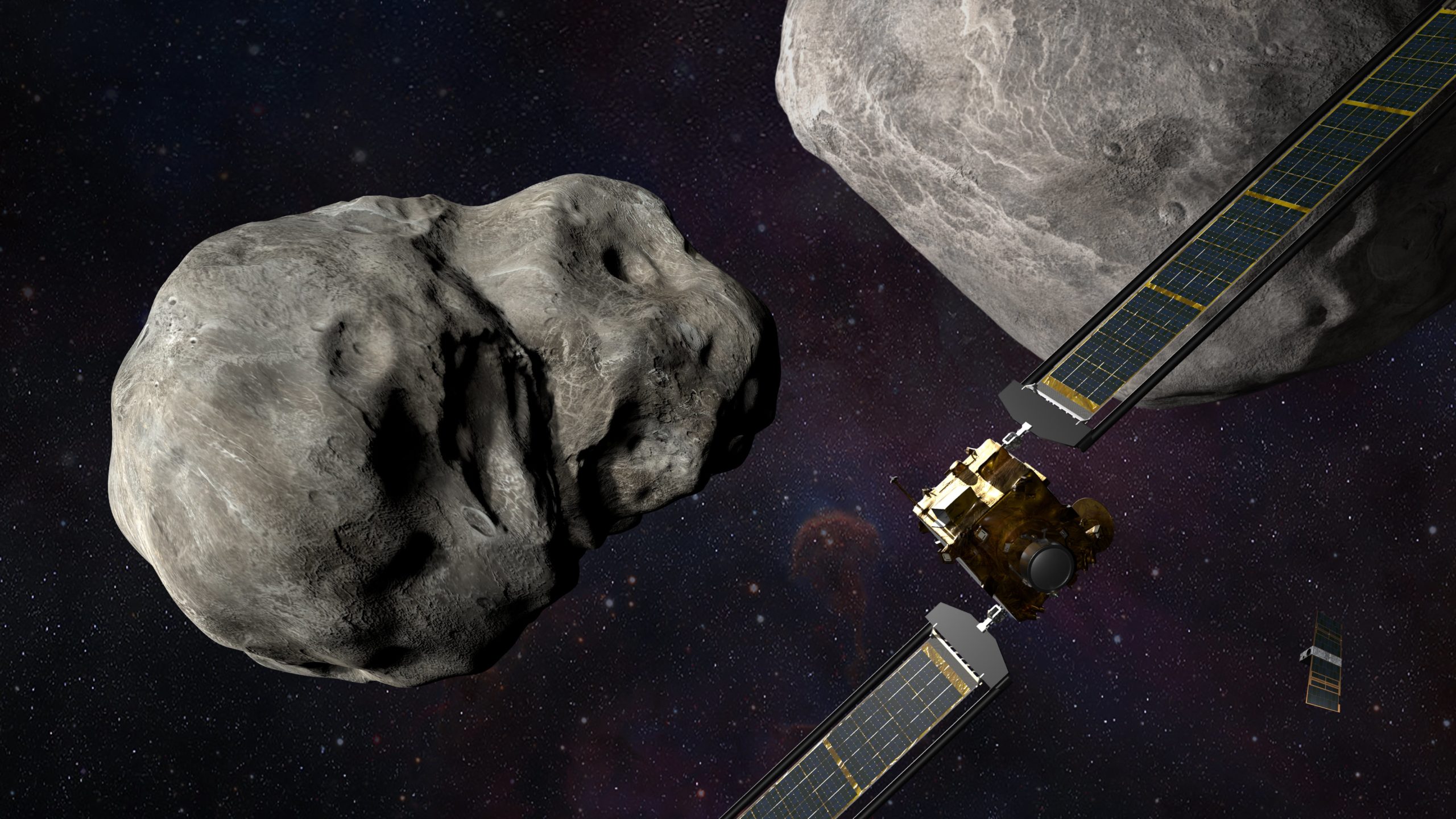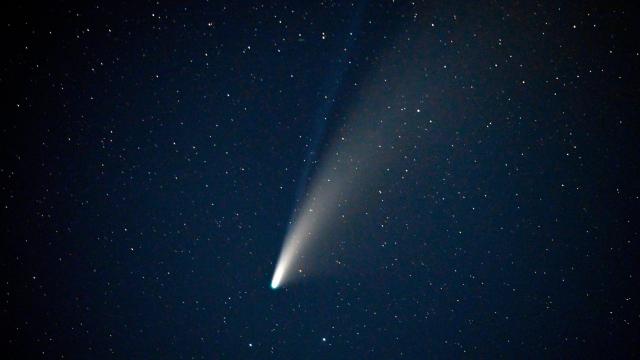NASA’s ATLAS, a planetary defence system that scans the sky for near-Earth objects, has been upgraded to search the entire night sky — half of it in either hemisphere — once every 24 hours. The surveillance system is vital for tracking objects like asteroids and debris that are on a collision course with Earth.
ATLAS stands for the Asteroid Terrestrial-impact Last Alert System, and is operated by the University of Hawaii’s Institute for Astronomy. The system is made up of four telescopes — two in Hawai’i and one each in South Africa and Chile, the latter two recently added to the system to survey the southern hemisphere. All the telescopes in the ATLAS system can image a region of the sky 100 times larger than the full moon in a single exposure.
“An important part of planetary defence is finding asteroids before they find us, so if necessary, we can get them before they get us,” said Kelly Fast, Near-Earth Object Observations Program Manager for NASA’s Planetary Defence Coordination Office, in an agency release. “With the addition of these two telescopes, ATLAS is now capable of searching the entire night sky every 24 hours, making it an important asset for NASA’s continuous effort to find, track, and monitor NEOs.”
Not all dangerous near-Earth objects are asteroids — last year, China let a rocket make an uncontrolled reentry to the planet; it eventually fell into the Pacific Ocean. But natural debris is a more common concern. Since its inception, the system has discovered over 700 near-Earth asteroids, 72 of which were considered potentially hazardous, as well as 66 comets. Two asteroids spotted by ATLAS eventually impacted Earth.
It’s not just cataclysmic impacts like the one that finished off the dinosaurs that we need to be wary of. In 2013 a meteor exploded over Russia with the force of 44,000 tons of TNT, blowing out one million windows and injuring over 1,600 people. In 1908, a 220-million-pound space rock slammed into Tunguska, rural Siberia, flattening 80 million trees with the force of 145 Hiroshima bombs. So while the vast majority of near-Earth objects aren’t a threat to our planet (despite how some headlines characterise them), it’s still essential that we track them and, if needed, stop them from hitting us.
The ATLAS system is able to detect small asteroids (19.81 m across and smaller) within several days of potential impact, and larger asteroids (over 99.97 m across) several weeks out. According to the defence system’s website, if a 99.97 m asteroid collided with Earth, the impact would have 10 times the force of the recent Tonga eruption, an event which was itself so powerful scientists considered adding an entirely new ‘ultra’ eruption class.

ATLAS is just one in a suite of asteroid defence systems which are having a bit of a purple patch. As recently reported by Gizmodo, NASA’s upgraded Sentry-II system “eats probabilities for breakfast,” giving NASA more precise odds than its predecessor did.
There’s also DART (or Double Asteroid Redirection Test), NASA’s first planetary defence test mission. DART will attempt to change the trajectory of a small asteroid called Dimorphos in an attempt to alter its trajectory. Dimorphos is not on a collision course with Earth, but the DART mission will teach us whether slamming spacecraft into space rocks is a viable way of protecting Earth in case we need such an intervention.
“We have not yet found any significant asteroid impact threat to Earth, but we continue to search for that sizable population we know is still to be found,” said Lindley Johnson, a planetary defence officer at NASA, in the same release. “Our goal is to find any possible impact years to decades in advance so it can be deflected with a capability using technology we already have, like DART.”
DART launched on November 24 and is expected to hit the Dimorphos asteroid in late September. Until then, we can rest assured that the ATLAS program is keeping an eye on what else is out there, now in both hemispheres.
More: NASA’s Upgraded Impact Monitoring System Could Prevent an Asteroid Apocalypse
